A modest fellow, gentle as a jade – feelings after watching Gao Zhenyu’s new works.
I met Gao Zhenyu nine years ago through Lu Jingren. One day, in September 1997, Lu told me that there was going to be a Gao Zhenyu ceramic art exhibition in the National Art Museum of China on October 1st, designed by Lu himself . He hoped that we could take a look together.
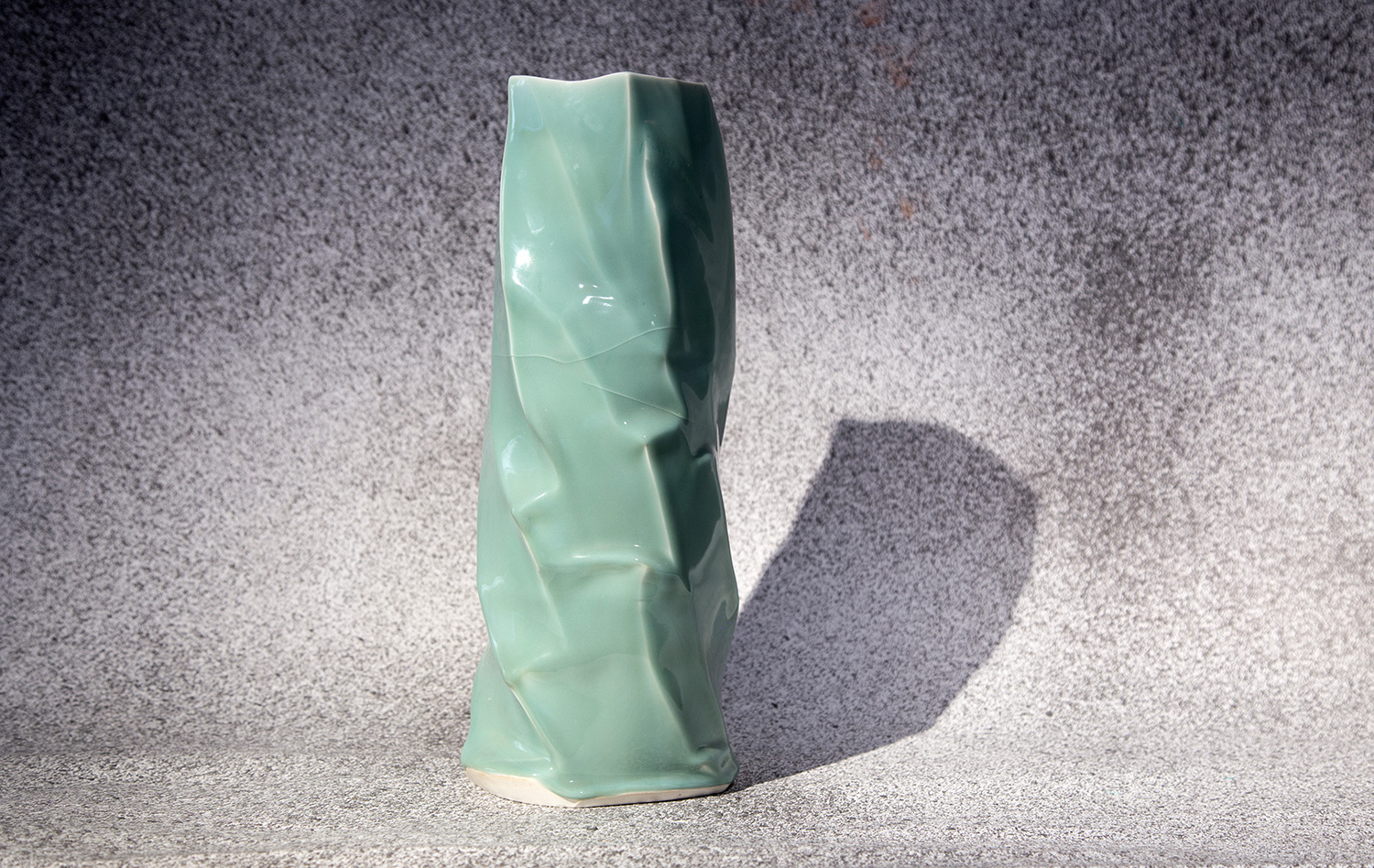
Chapter One
Gao Zhenyu’s exhibition gave me a shock. This shock was not due to an aggressive visual impact, but rather the delicate and elegant atmosphere of the entire exhibition. This sentiment inspires people’s inner reverence for beauty, and inspires a kind of pride and happiness when the culture of one’s own nation is in full glory. Therefore, the shock resonated deeply in my heart and deeply in my emotions. Lu Jingren’s unique exhibition design was simple. This made Gao Zhenyu’s porcelains and slim utensils stand out in the exhibition hall of this oriental art palace. As a practitioner of art history, I have seen our ceramic art discourse constantly deviate from the fine traditions into the magic land, only to self-destruct later. For many years, I had been expecting someone in today’s China to have the dedication and focus to make daily-use porcelain like those from the Song, Yuan, Ming and Qing dynasties – someone to bring to life those beautiful curves, exquisite shapes, incredible glazes and breathtaking textures in a work of art. Now, finally, Gao Zhenyu had stepped forward to realize my expectations, which was really gratifying.
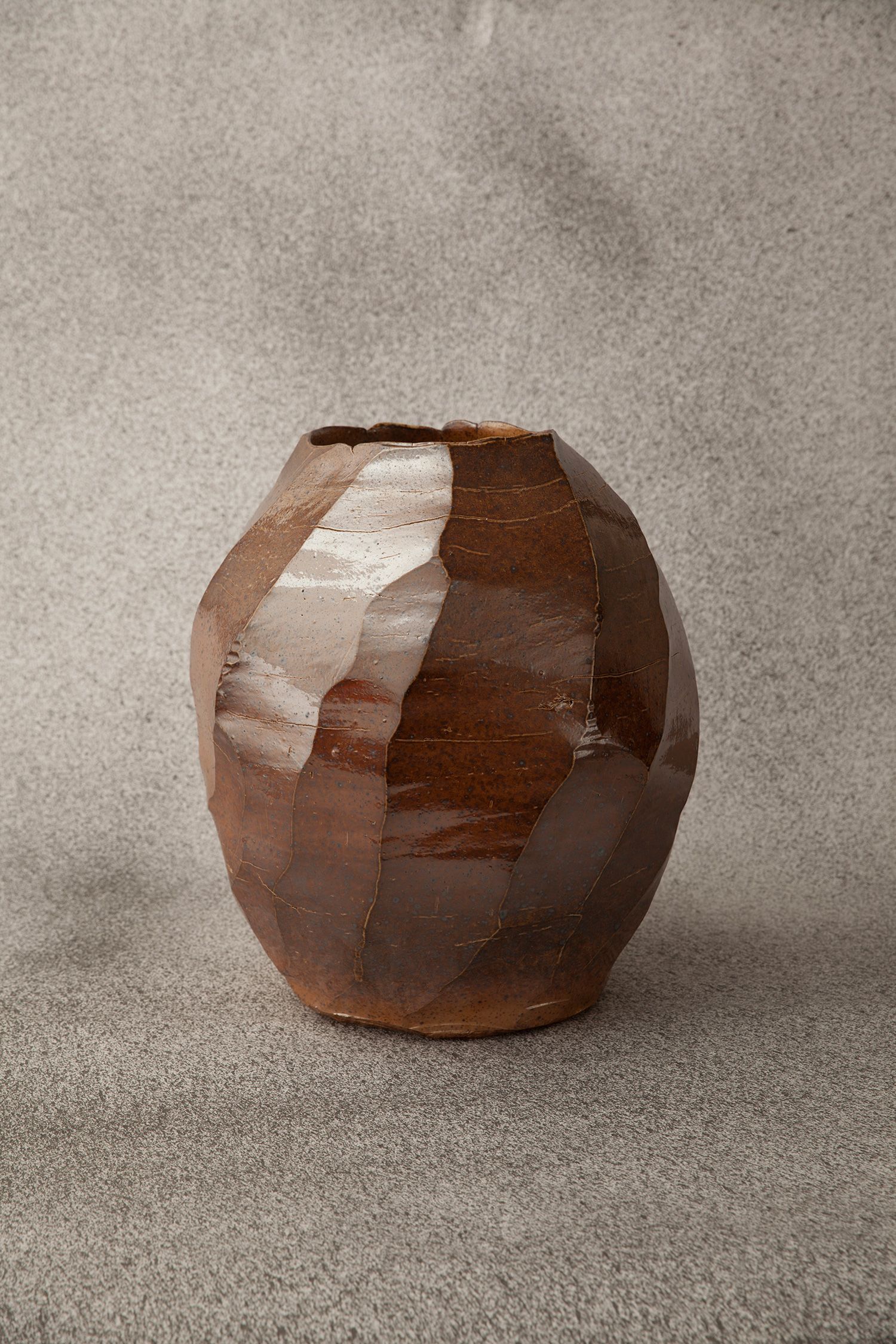

The above refers to Gao Zhenyu and his exhibition nine years ago. In all fairness, Gao Zhenyu’s work at that time was very exciting, but it was mixed with a touch of sorrow. Why did I have this feeling? It was because of the traces of Japanese elements in his works.
Chapter Two
When I heard that Gao Zhenyu was preparing his second solo exhibition at the National Art Museum of China in 2017, I knew that he would have a lot to say to the world through his works. I had a chance to review his works prior to the exhibition and was astounded by their depth.
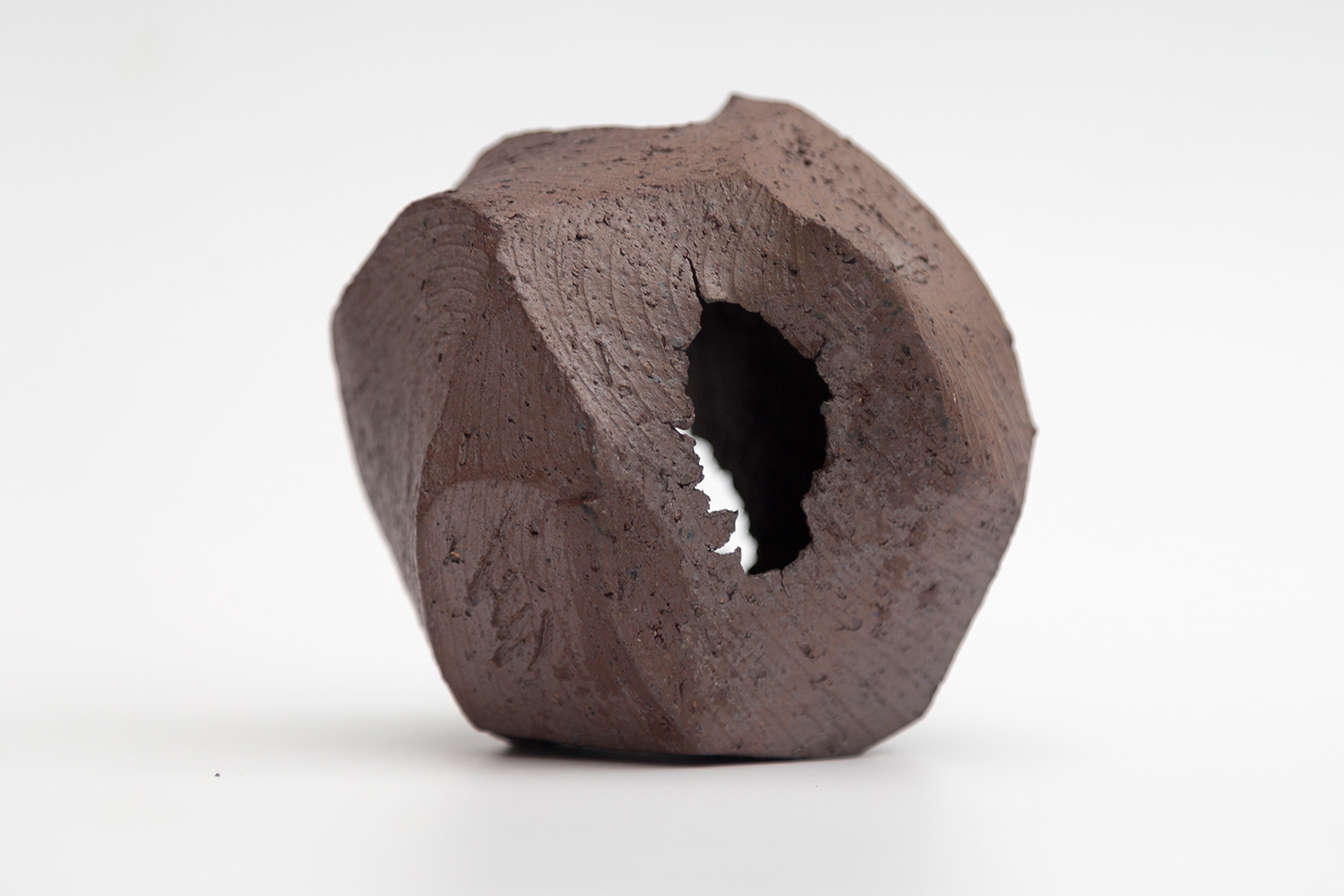
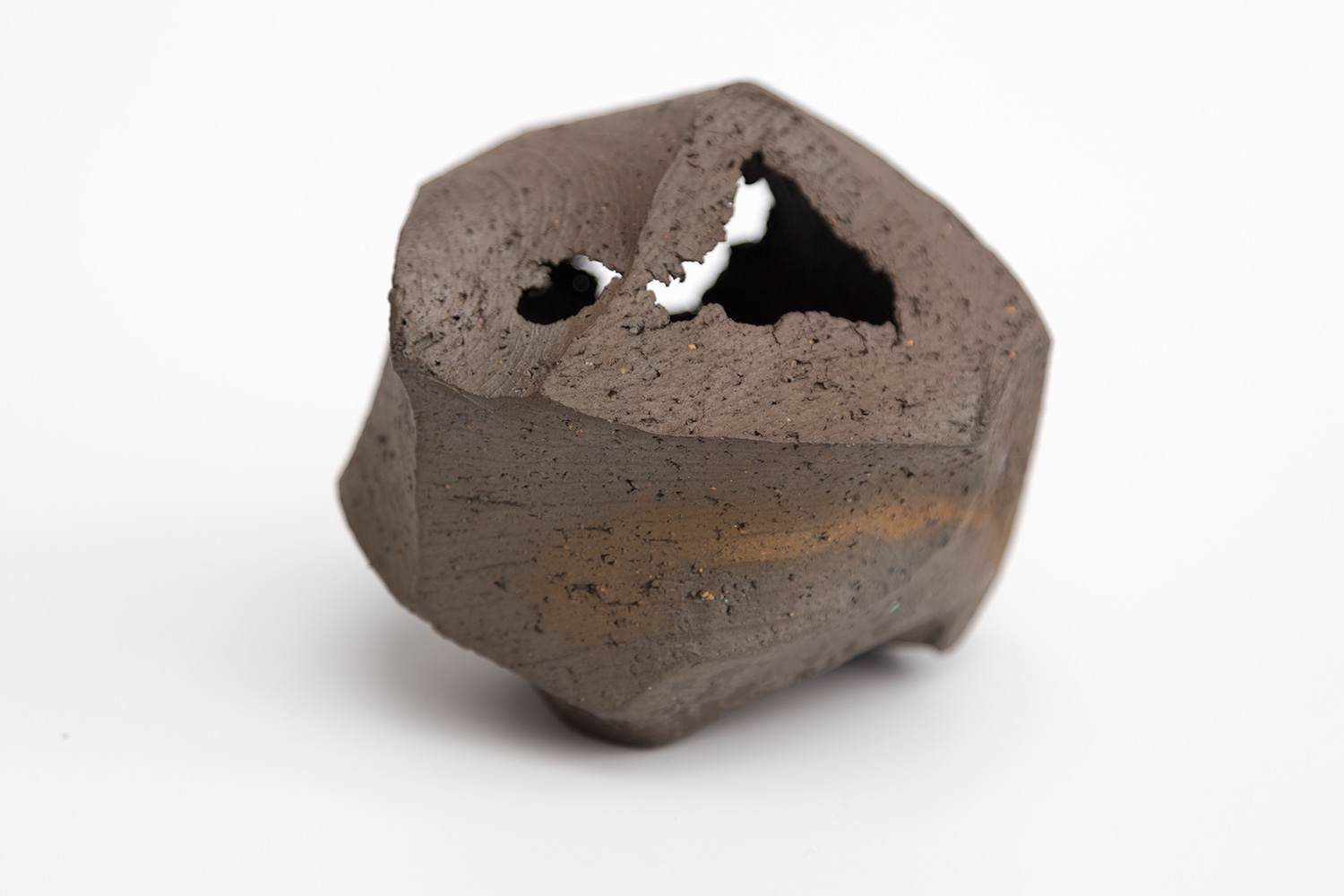
Gao Zhenyu doesn’t like publicity or bragging. He belongs to the kind of ‘speak less and do more’ set. Both his artistic culture and his artistic conception are reflected and clarified through his works. For example, his new works have a strong sense of simplicity rather than the exquisite, elegant style that once was. But this simplicity is not ordinary stone or rough soil; it is beautiful jade that has not been carved in the Kunlun Mountain s. This aesthetic orientation clearly manifests his inner elegant temperament. There is a saying in China: ‘Good jade needs no sculpting.’ That is, to maintain the simplicity, gentleness and crystal beauty of jade materials, they should remain unsculpted. Beauty without carving is the highest state of the pursuit of beauty in China. Being able to define this realm as a pursuit in daily porcelain wares reflects both a profound knowledge of traditional Chinese culture and a return to the traditions of porcelain making. ‘As silver as snow’ and ‘as ice as jade’ are the highest aspirations for porcelain. Even with today’s technological advances, achieving a look that is aesthetically pleasing and full of charm is not easy.
Gao Zhenyu said that he especially likes things made in a Longquan Kiln , which means that he especially likes the taste of jade. Jade is highly revered in Chinese culture. From Confucius’ ‘eleven virtues’ to the Han dynasty’s ‘five virtues’, jade symbolizes the best qualities of heaven, earth and people. A Longquan kiln porcelain is precious because it is the highest quality jade-like porcelain. Nowadays, one cannot make a jade-like porcelain with nothing more than impetuous eagerness and expect it to be called a work of art. An artist must first align his character with jade – as they say, ‘Gentleman morality is whiter and more noble than jade’, and only then is jade’s charm truly revealed in works. As for Gao Zhenyu, he is best described through Confucius’ Shi Jing words: ‘A moral character is gentle like jade.’
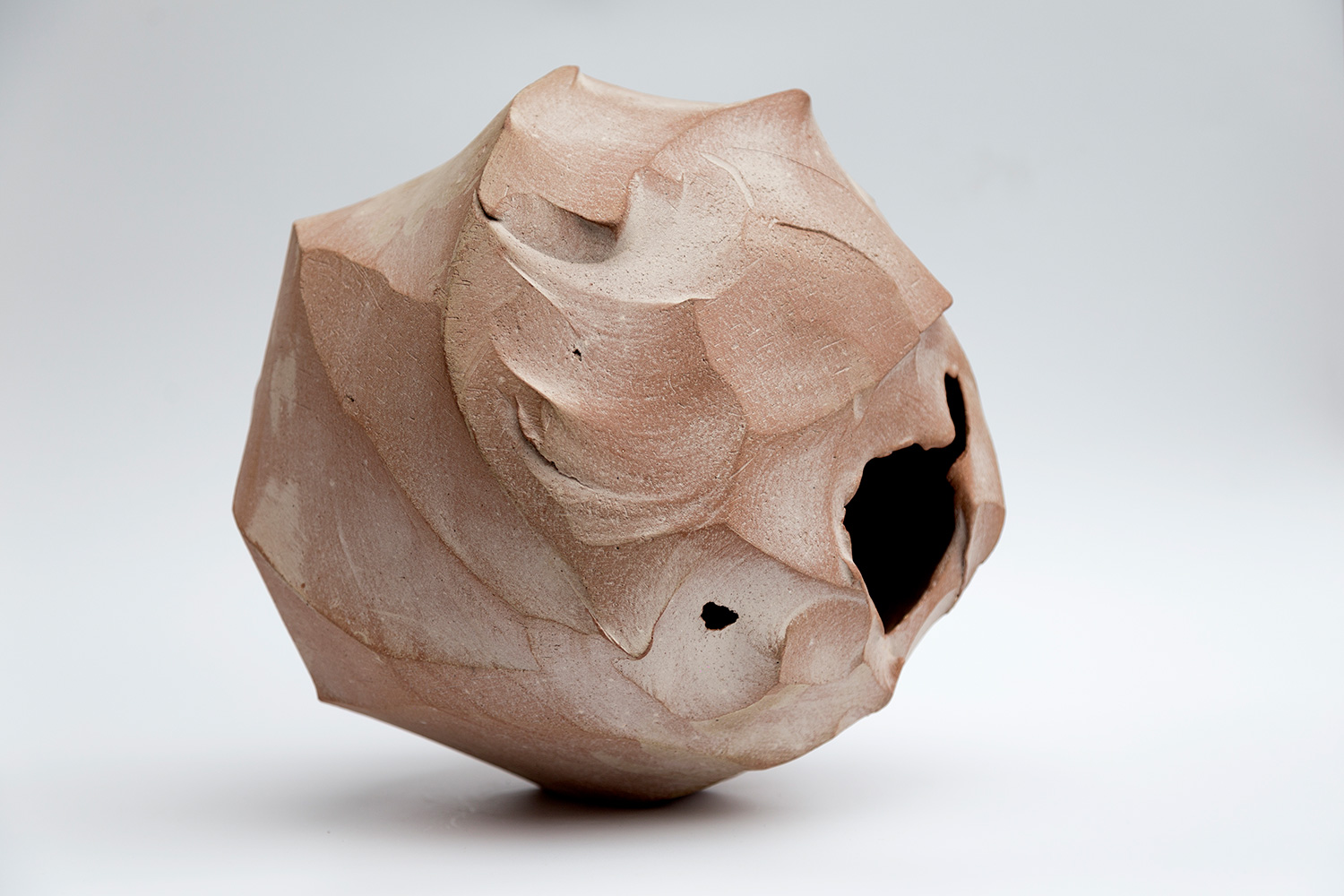
The jade-like porcelain of Longquan Kiln has a subtle glaze and introverted lustre without glare, just like Gao Zhenyu’s character. Therefore, jade-like porcelain produced by Gao Zhenyu radiates a unique jade charm outside its shape. Gao Zhenyu’s nature and jade are similar in essence.
Chapter Three
When I saw Gao Zhenyu’s new works, I felt that I was witnessing true mastery of art.
These new works are different from his original works on two different levels. If his original works were the beauty of utensils, the new works are the usefulness of art. The difference is that the beauty of utensils is a device that seeks perfection in a relatively fixed and constrained form; the ultimate result is to make a perfect device. The usefulness of art is about creating the functions that are given to them in the work. These polyhedrons that have been carefully cut in an unpatterned way are highly sculptural. These sculptures are both refreshing and familiar. They have a strong sense of modernity due to their fast-paced transitions. But the meticulous, smooth texture and the gentle colour reveal a transcendental, superb and elegant taste that conveys a strong traditional Chinese mood.


Gao Zhenyu talked about his past experience making hydro texturizers. In order to get excellent results, he carved textures on extremely thin carcasses, which felt like walking on thin ice . This is the fine line between two extremes: one of destruction and failure, the other of divine artistic outcome. This reminds me of what, now deceased, Mr. Liu Haisu in Guilingshan, Guiyang, said. He said, that in order to be peaceful and tolerant, to have a career in an academic pursuit, a scholar must have strong momentum because the body of water is so large that the margins connect to the sky. One must aim for the summit of the mountain. The correct way of artistic creation should have no boundaries, it should be extreme. Works without passion are hard to connect with. The artist’s mind has a direct correlation to the quality of their work and the emotional resonance that they create with the viewer. No matter what style and form, Gao Zhenyu’s works have the artist’s distinctive signature. In addition to his sophisticated skills, he has also invested a lot of his mind. In his new works, he not only walks the thin line between the ‘life and death’ of his creations but also channels the vitality of his creative impulse and surprising tension of shapes in his works. His works are for daily needs, but they are one-of-a-kind pieces, making them truly extraordinary works of art.
Chapter Four
China’s ceramic industry is in a strange place. On the one hand, it is shrinking because the market is losing interest in it. On the other hand, some Masters are constantly in demand, and their works are in short supply. The cause of this stark contrast lies not with practitioners in the ceramics industry, but with some decision makers. Regardless of who is responsible, the art of ceramics will continue to develop, however the threat of the collapse of the entire ceramic industry with its excellent traditions is real. With it, we stand to lose invaluable skills accumulated over the past millennia.


Gao Zhenyu and I have exchanged our opinions. He appreciates my concerns, but he feels powerless. I told him jokingly, ‘You are all doing arhats, and everyone has become arhats. I hope that you can practice the Tao of Bodhisattva, practice sentient beings, and achieve positive results.’
Gao Zhenyu is a man of understanding. I know he doesn’t want to just stand by and watch it all fall apart. Today’s Chinese ceramic art needs to be purified from the source. As a cause, it requires enthusiasm and leadership. Today’s China is ideal for Gao Zhenyu. He was trained by the master of the purple clay pot, Gu Jingzhou, and was raised surrounded by ceramics. His father, Gao Haigeng, and his mother, Zhou Guizhen, are known masters in the world of ceramics. His father-in-law, Xu Xiutang, is a contemporary pottery master. Gao Zhenyu’s wife, Xu Xu, is also a very successful potter. Gao Zhenyu obtained his master’s in ceramics in Japan. As a researcher at Chinese National Academy of Art s, the highest academic institution of Chinese art, he pioneered many new techniques and has revived many traditional creative practices. His works are widely collected by museums in China and Japan as well as throughout Europe.
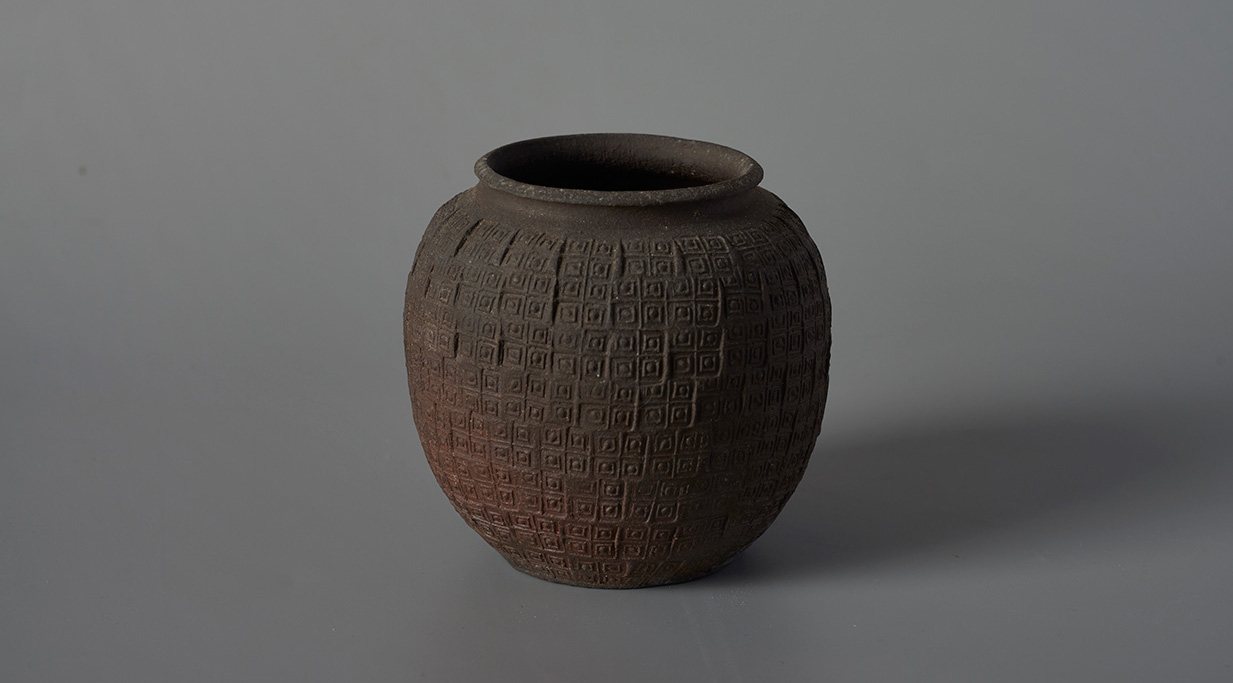
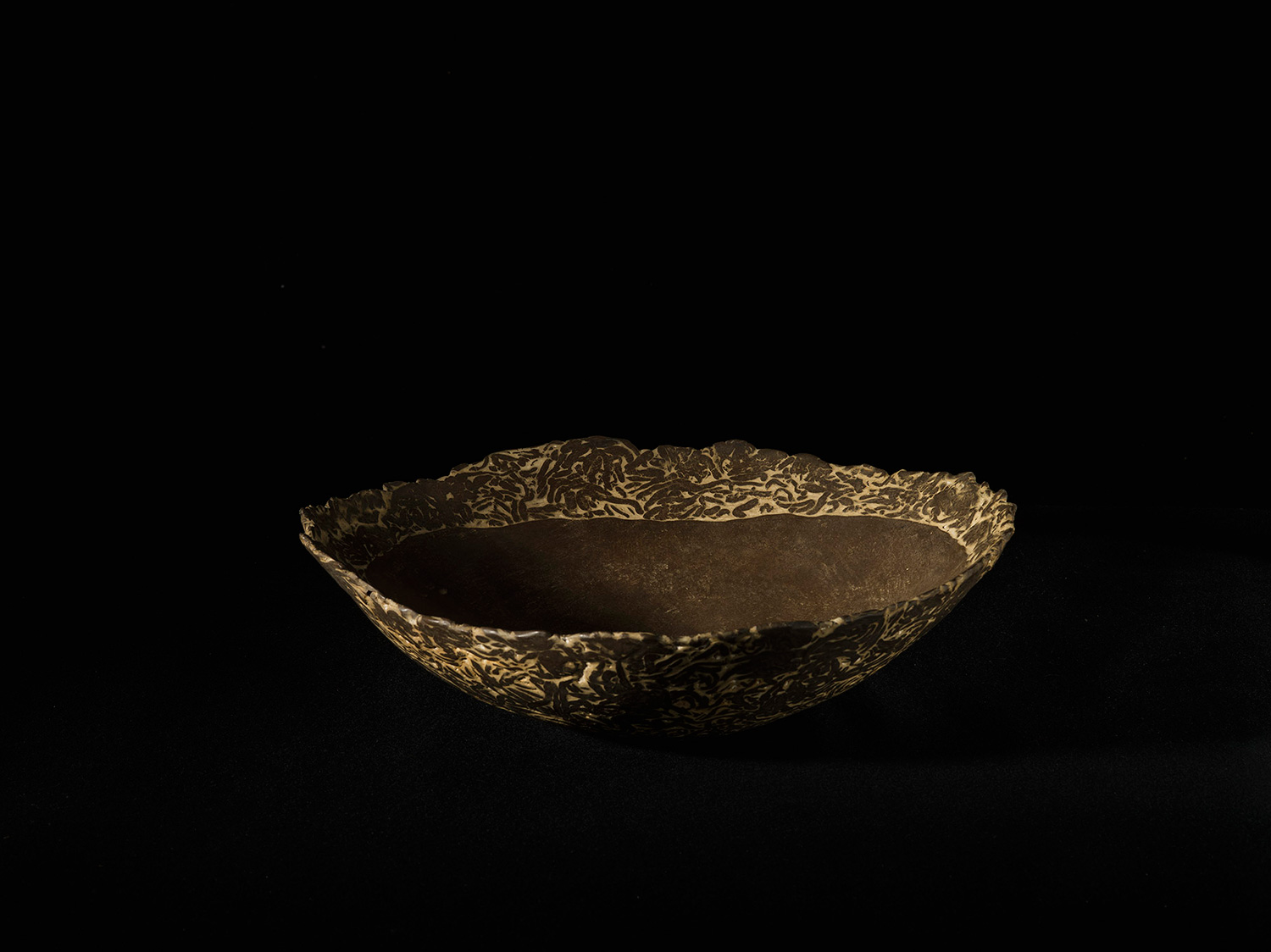
I firmly believe that Gao Zhenyu sees not just part of the blue sky; he sees the whole blue sky.
– Gu Sen
Doctoral Supervisor and Researcher of the Chinese National Academy of Arts
